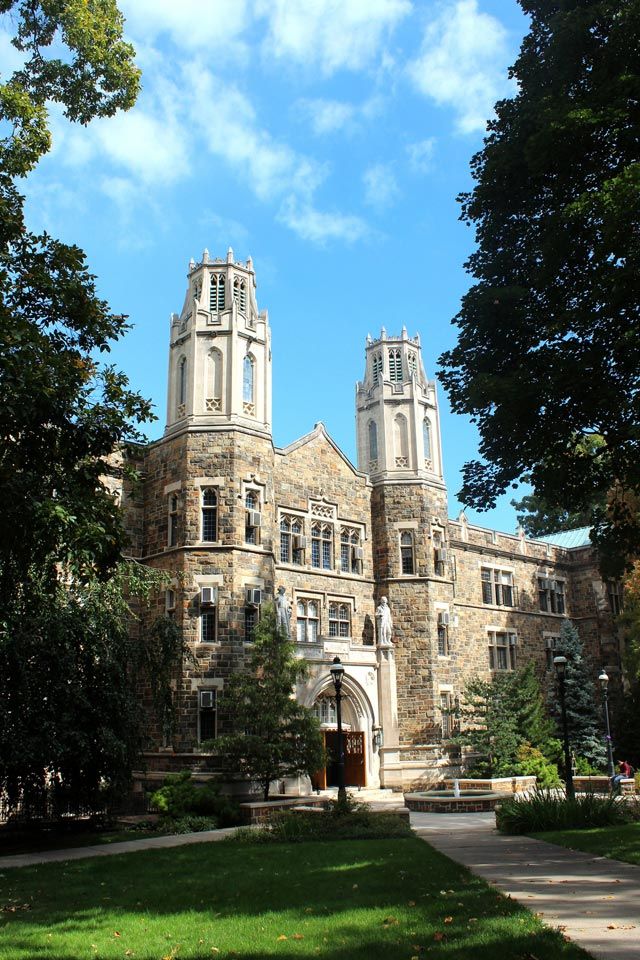On a rectangular chip slightly smaller than a person’s finger, three researchers are writing what they hope will be the blueprint for the future of drug testing.
Yaling Liu, Linda Lowe-Krentz and Daniel Ou-Yang are etching the chip with channels that mimic the branching capillaries of the human lung and are coated with human endothelial, or blood vessel, cells.
Their goal is to determine how drugs can be made to kill cancerous cells without harming healthy cells and tissue. They also want to reduce the cost of drug tests and the time it takes to run them.
Toward these ends, the researchers are studying cell behavior to learn more about how cells send signals to each other, how they are affected by blood flow, and how they can be studied outside the body.
The group, which recently received a three-year grant from the National Institutes of Health, includes three perspectives. Liu, an assistant professor of mechanical engineering and mechanics, studies interfacial phenomena at the micro- and nanoscale of biological systems. Lowe-Krentz, a professor of biological sciences in Lehigh’s College of Arts and Sciences (CAS), studies the changes that cells undergo in response to blood flow. Ou-Yang, a professor of physics in the CAS, has developed novel methods of using microscopy and lasers, including “optical tweezers,” to observe cell activities at the nanoscale.
By conducting tests on a chip, says Liu, researchers can approximate the environment a drug encounters inside the human body. Each chip costs less than a dollar to make. Multiple tests can be run simultaneously on a series of chips. Size is another advantage. In a test, the small chip uses only about a tenth of the amount of drug and tissue required by conventional testing methods.
“The chip enables us to grow human cells and observe a drug’s effect on them in their natural environment,” says Liu. “This will make it possible to do screenings much more quickly and shorten the research cycle.” Liu and his students fabricate rectangular chips from a polymeric material. Using computer-aided design, they etch the chips with a pattern that resembles the lung’s bifurcating geometry, with channels ranging in width from arteries (about 1 cm) to capillaries (10 microns).
The team will engineer the chip so it stretches like the breathing lung. A computer-controlled syringe will control the rate at which the drug is pumped into the chip coating. This flow rate affects cell health and cell signaling.
The design, elastic chip material and syringe, says Liu, enable the chip to achieve a credible imitation of human breathing and blood flow patterns.
The next challenge is to coax endothelial cells to adhere to, and grow on, the channels of the chip.
“Growing cells has been called both a science and an art,” says Lowe-Krentz. “As blood vessels develop, a single cell moves out and is followed by other cells. If too many cells follow, they can clog the new branches; if not enough follow, the cells don’t cover the surface of the channel.”
Liu’s and Lowe-Krentz’s students tackled this task through Lehigh’s Bio-systems Dynamics Summer Institute, which is funded by the Howard Hughes Medical Institute.
When the chip is coated with endothelial cells, the researchers will treat the cells with a chemical that inflames the cells similar to the way cancer does. They will then inject the device with a blood solution containing nanoparticles hitched with a drug, an antibody and a fluorescent marker.
The antibody will cause the nanoparticle to bind only to cells that express the kind of receptor that cancer cells express. When binding occurs, the particles will release the drugs they are carrying.
The fluorescent marker will enable the researchers, using scanning laser confocal microscopy, to track the nanoparticles and their interactions with cells.
“Confocal microscopy works almost like an MRI,” says Ou-Yang. “We scan a plane and illuminate each point of interest and then advance to the next sheet and repeat the process. The computer regenerates these images into a 3-D composite.”
The imaging technique will enable the group to quantify the percentage of the nanoparticles that bind to the cancerlike cells and thus measure the particles’ success in finding their targets. The team will also correlate binding effectiveness with size by coating particles of various sizes with different fluorescent markers.
In the future, the researchers plan to coat the chip with multiple layers of cells with a porous membrane. This will enable them to study how cancer cells metastasize and migrate across blood vessels.

